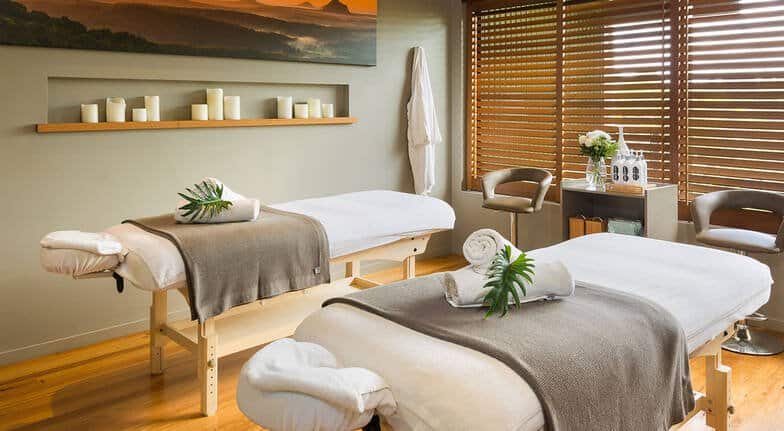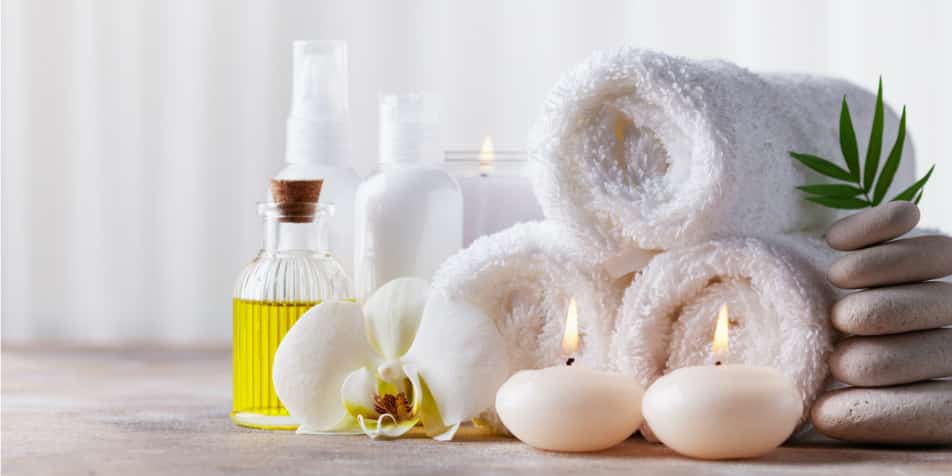How To Build a Financial Model For a Day Spa?

Every business needs a financial model. Whether you want to understand what’s your breakeven, your valuation or create a financial model for the business plan of your day spa, you’ve come the right way.
In this article we’ll explain you how to create powerful and accurate financial projections for a standard day spa with 10 employees.
For more information on day spas and other wellness centers, make sure to read our guides below: How To Open a Day Spa In 10 Steps? How Much Does It Cost to Open a Day SPA? Examples How to Write a Day Spa Business Plan: Complete Guide
1. Forecast Customers
The first thing you must do to create a financial model for your day spa is to forecast the number of customers you will receive over time. You can do it the easy way or make it more complex based on your requirements. The guidelines below are our recommendations to create accurate and flexible customer projections for any day spa business:
- Set the number of customers you receive per day on average
- Set the number of opening days per week
Both values can change over time of course. Indeed, as you get more customers, you will likely benefit from organic growth (word-of-mouth) which will get you even more customers over time.
That’s why it’s good practice to start low (conservative) for the first few months and progressively increase the number of customers per day for the following months/years.

That way, you will be able to forecast accurately the number of customers you can serve over time, as well as the revenues which we will now see in the next section.

2. Calculate Revenue
Now that we have estimated the number of customers over time, the second step of your day spa financial model is to calculate revenue.
Yet, before we do so, we must break down the number of customers into the different treatments they may choose. Indeed, most of you customers may get a massage for $110, yet some may also get a facial at an average price of $125, or even access to a sauna or steam room for $80.00, etc.
It’s very important to break it down right. Indeed, as you know all these products have very different unit economics (prices and profit margins) you need to forecast accurately. Let’s see now how.
First, break down the products into a percentage of your total customers. For example:
- 35% of the customers may choose to get a massage at an average price of $110;
- another 20% choose a facial treatment at an average price of $120;
- 30% get a 3hr pass to a sauna for $80.00, and so on..
That way, you can now multiply the number of customers for each product by their respective price to obtain revenue.
Now you can obtain your revenue projections broken down by the type of product categories as shown below. Instead of using separate menu items, we recommend to group them under categories instead (e.g. face treatments, massages, body treatments, sauna, etc.).

3. Forecast Expenses
In addition to the one-off startup costs discussed here, you must also budget for all the operating costs of running a day spa.
We have laid out below a clear overview of all the key expenses you can expect to operate a standard day spa with 10 employees below. These are key costs that any day spa financial model should include. Yet, note that the amounts are purely for illustrative purposes and depend on a number of factors as explained earlier.
| Operating cost | Amount (per month) |
|---|---|
| Rent | $4,000 |
| Supplies | $2,000 – $5,000 |
| Payroll | $22,000 – $27,000 |
| Marketing | $5,000 – $10,000 |
| Other (bookkeeping, etc.) | $1,000 – $2,000 |
| Total | $34,000 – $44,000 |
Rent
You’ll have to pay monthly rent if you’ve leased your spa business space. However, you’ll have to repay the monthly mortgage if you have purchased your spa space by taking a loan. The monthly amount you’ll have to pay will vary depending on factors like location and size of your space, lease or purchase, and more.
Taking the above example, you’ll have to pay $3,300 in rental expenses every month. Adding 20% on top for utility bills, you should expect to spend around $4,000 in rent and utility bills.
Supplies
Supplies are another of the most important operating costs you need to budget for when you open your day spa. These are all the consumables and products such as the robes, towels, scrubs, massage pebbles, cosmetic products, candles, etc.
The cost of supplies will depend on the quality of products you buy and the number of clients you’re attending to. You should expect to spend around $2,000 to $5,000 on these supplies each month for a small day spa with 4 treatment rooms.

Payroll
Employee salaries are another significant cost of operating a spa. Here is a quick list of some of the most important salaries you need to pay:
- Spa manager: Average $21.61 per hour
- Massage therapist: Average $57.39 per hour
- Cosmetologist: Average $11.65 per hour
- Manicurist & pedicurist: Average $14.65 per hour
- Aesthetician: Average $14.63 per hour
- Receptionist: Average $15.04 per hour
So assuming your day spa can accommodate 4 customers at a time in 4 separate treatment rooms, and you receive 20 customers per day on average, you will need 4 employees for the spa treatments as well as a receptionist and yourself (manager).
In total, you should then spend around $22,000 to $27,000 in payroll expenses each month.
Marketing
Marketing and advertising are one of the most crucial activities which will spread the word about your business before you can rely on organic growth (word-of-mouth).
The marketing expenses will heavily depend on the competition in your area. Indeed day spas in high competition areas in the US typically spend $6,000 to $16,000 per month in marketing.
Assuming you’re operating in a city with some competition and you are starting off, you should spend about $5,000 per month in marketing in the first few months to get traction.
Segmenting your expenses, either as a fixed value over time or a percentage of revenue, will allow you to accurately estimate their amount over time as shown in the chart below.

4. Build your P&L And Cash flow
Once we have forecasted revenues and expenses, the last step to complete our day spa financial model is to build the profit-and-loss (P&L) from revenues down to net profit. This will help you to visualise key financial metrics such as Gross Profit or EBITDA margin as shown below:

The cash flow statement, in comparison, needs to include all cash items from the P&L and other cash movements such as capital investments (also referred as “Capex”), fundraising, debt, etc.
Cash flow is vital as it will help you understand how much funding you should get, either from investors or the bank (SBA loan for example) to start and run your own day spa.
In this chart below, we're showing you an example of a typical cost structure a standard day spa with 10 employees would incur. Unsurprisingly, salaries and rent represent ~65% of total expenses.






